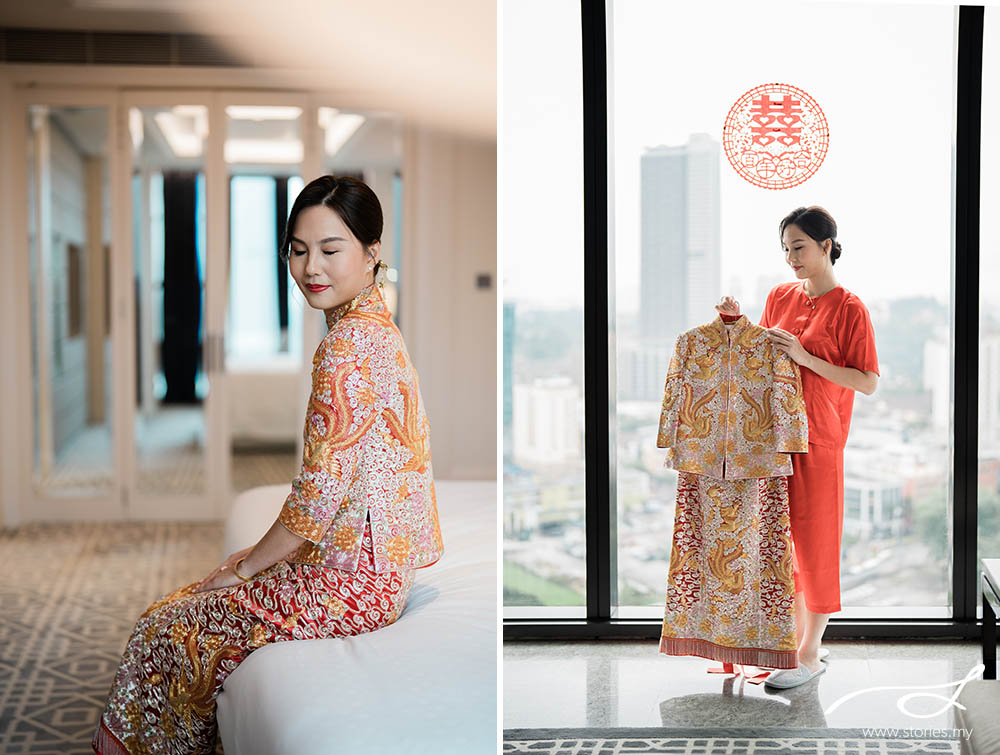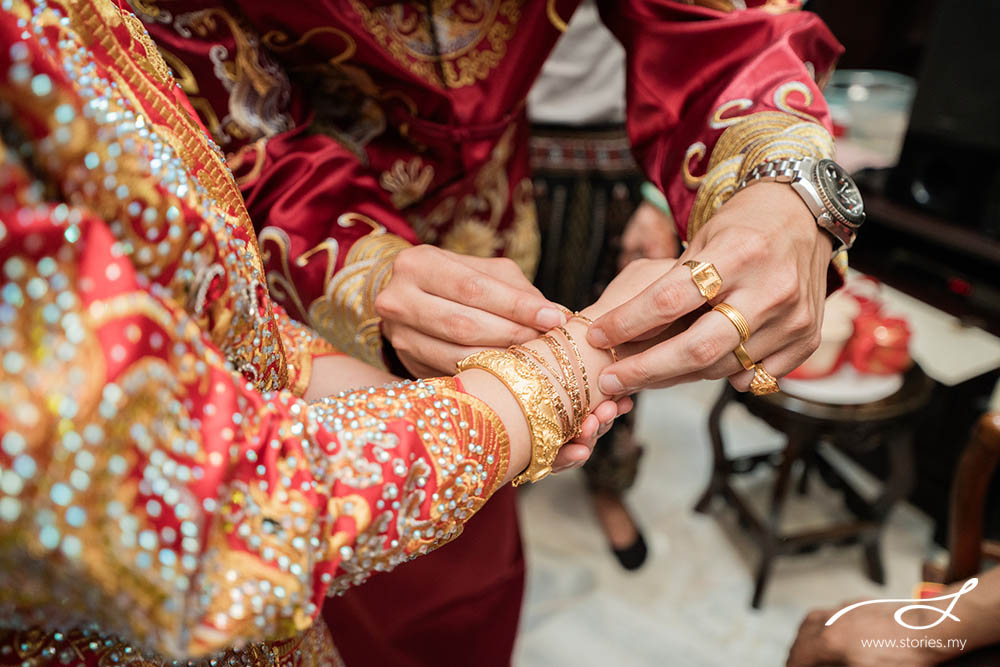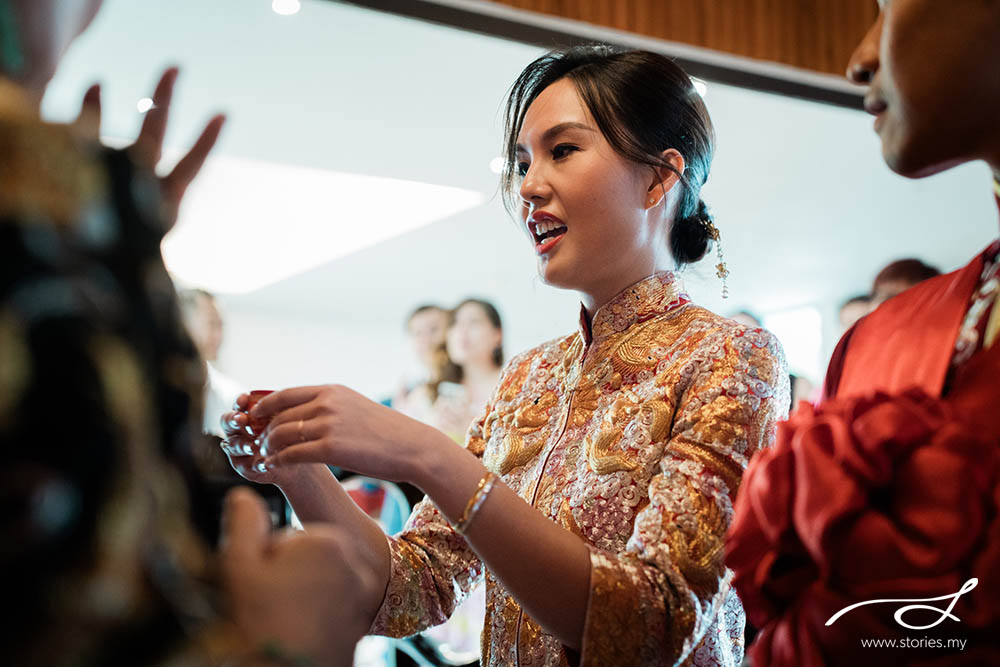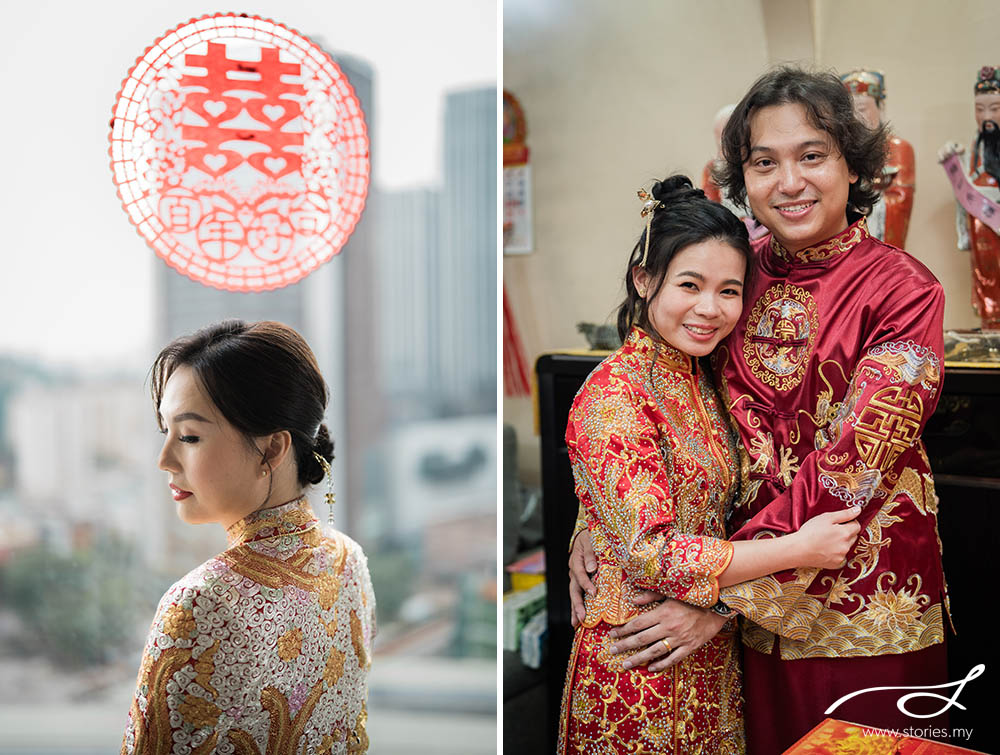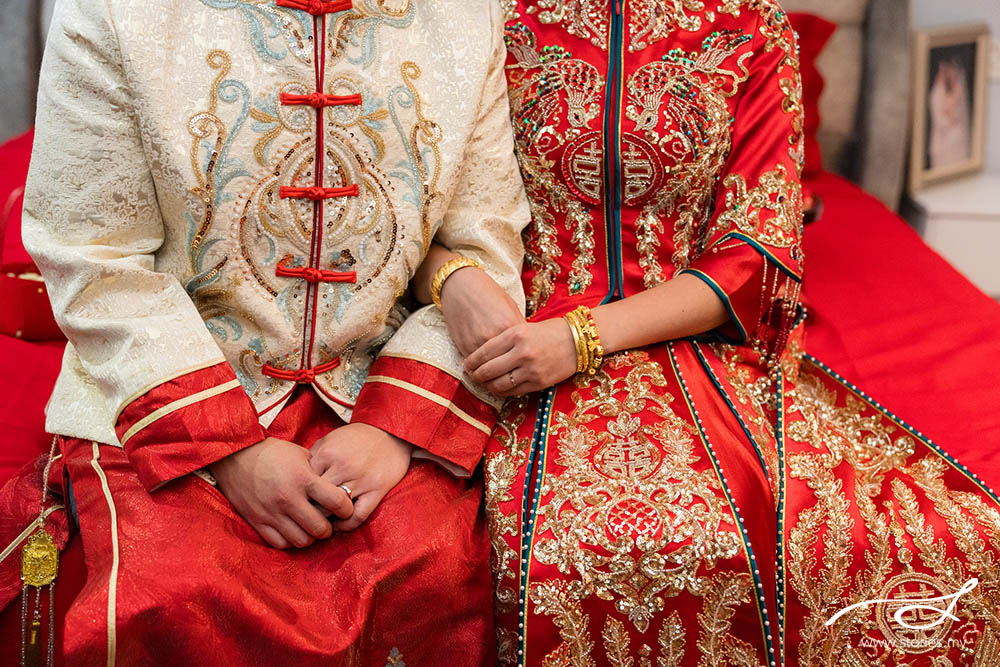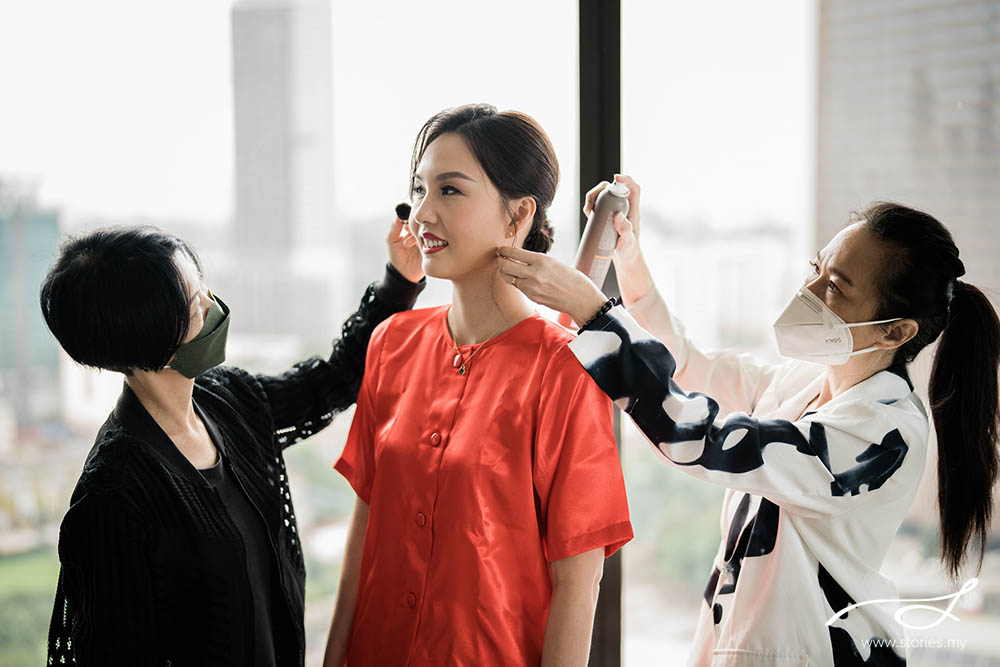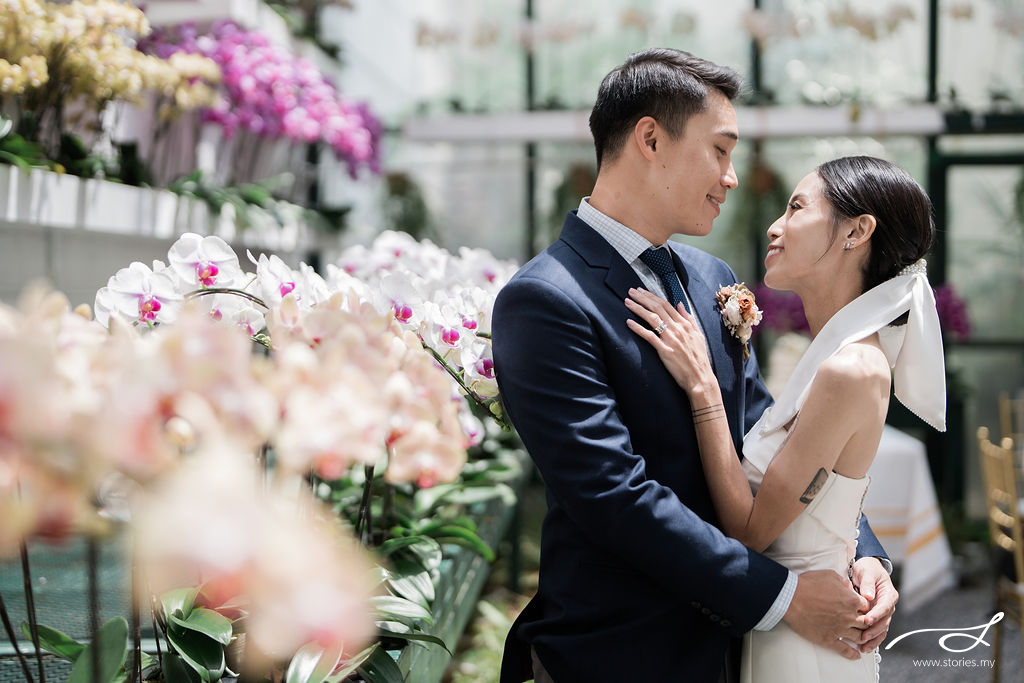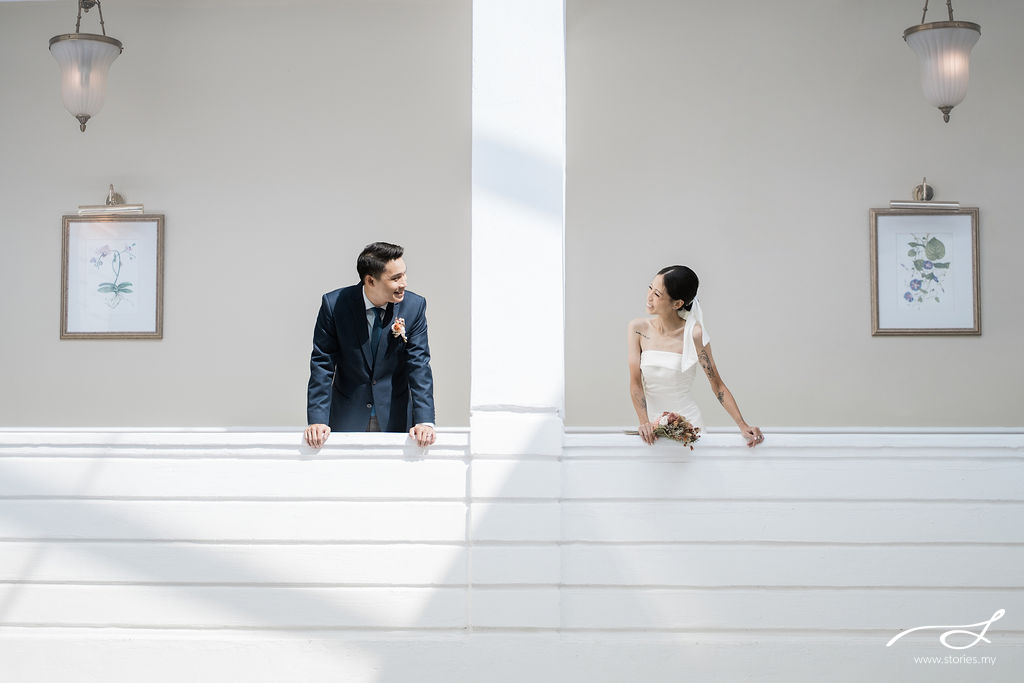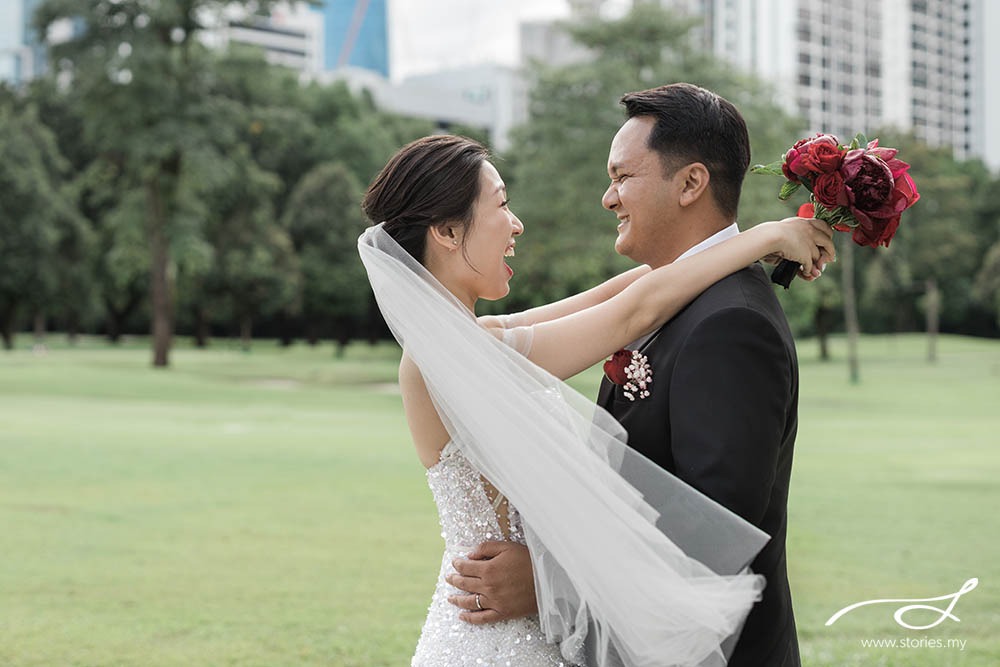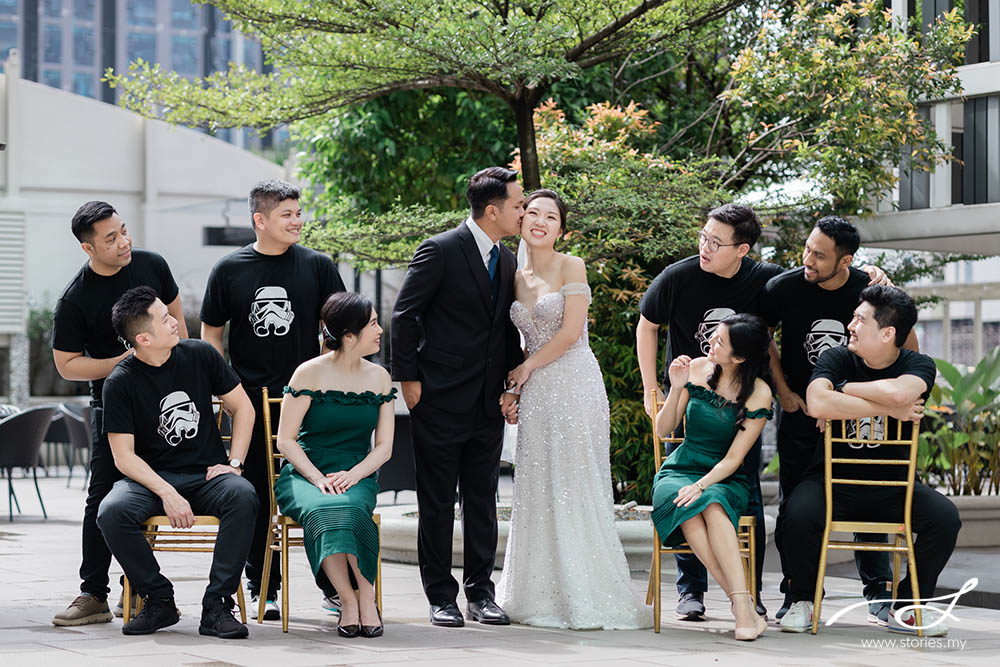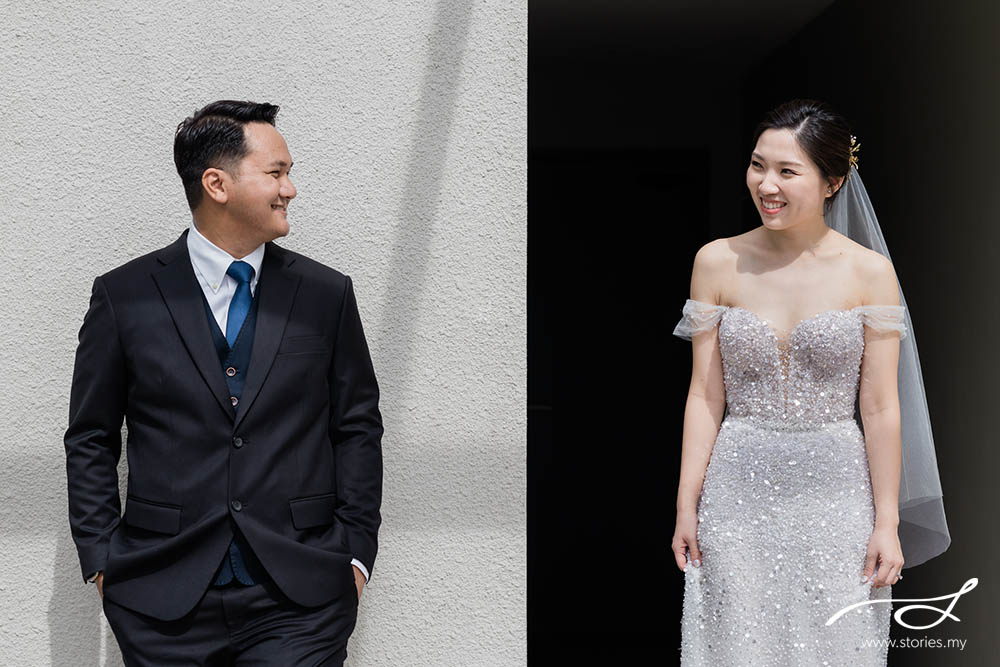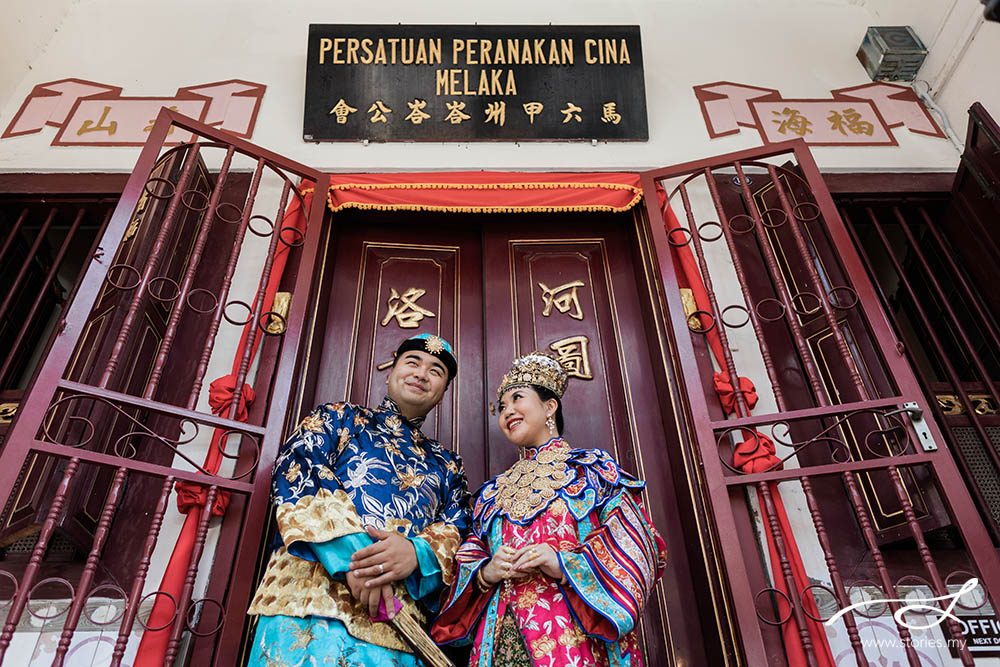So you’ve said yes (to your favorite person), and next, it’s time to say yes to the dress. Exciting? Yes. Overwhelming? Also yes. But don’t worry, here are some things to take note of when choosing your wedding gown, especially when your wedding is taking place in a hot and humid climate like Malaysia.
Before you fall head over heels for the sparkliest, puffiest, most princessy gown available on the rack (no judgment—we all have that moment), let’s talk through a few real-life things that brides often forget to consider until it’s too late. Because the truth is: a stunning gown is great… but a comfortable and venue-appropriate stunning gown? That’s even better.
1. Outdoor Wedding? Consider This Before You Say Yes to the Train
Ahh, outdoor weddings with beachy breezes, garden vibes, golden hour magic and wind in your hair. But here’s the thing nobody tells you: a long train + grass or sand = drama. And not the good kind.
If your wedding is outdoors, especially in a natural setting (beach, garden, forest), think twice about long trailing gowns. They look beautiful in photos, yes, but they also pick up dirt like a mop and get stepped on… a lot. You’ll spend more time adjusting the train than enjoying your day.
Tip: If you love the look of a train, go for a removable, detachable train that gives you the princess-look during the ceremony but the ability to freely walk and dance after that.

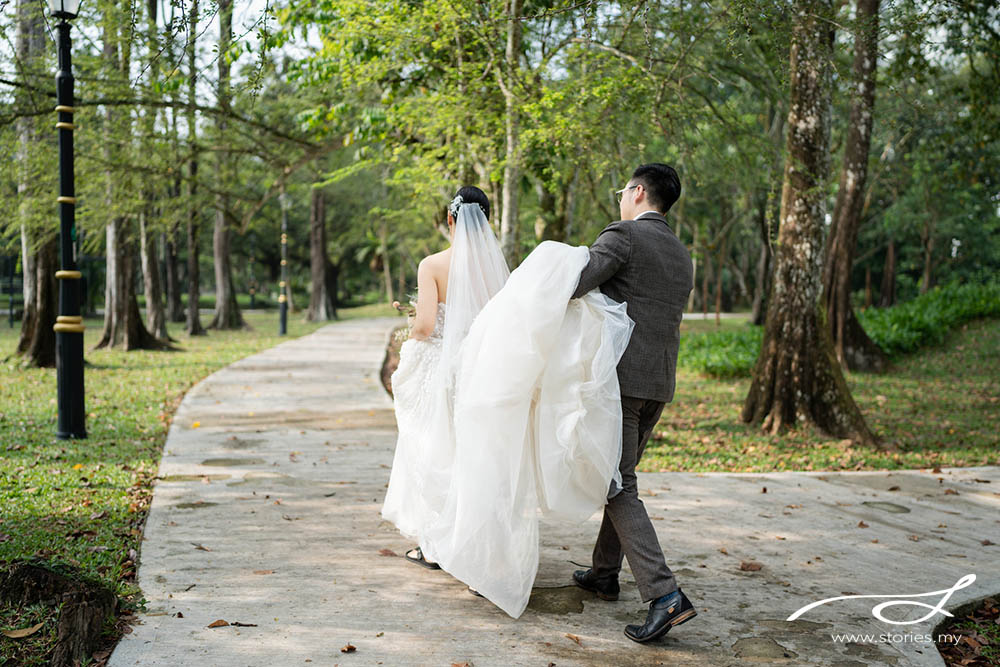
2. Try Sitting Down (Seriously!)
It might sound obvious, but so many brides forget to actually sit in their gown during fittings. And trust us, this matters more than you think.
That dreamy ballgown or super fitted mermaid dress might look stunning when you’re standing, but what happens when you’re sitting at your reception for speeches, dinner, or during the ceremony? If the bodice digs into your ribs or the skirt completely takes over your chair (or the person’s chair next to you), it’s going to get uncomfortable real fast.
Tip: During your fitting, try sitting, squatting slightly, and even try a few dance moves. You will thank us later when you are feeling comfy all night long.

3. Itchy, Hot & Heavy? No Thanks
Some gowns are made for aesthetics, not comfort. If you’re eyeing on a gown with heavy embellishments or super stiff material, ask yourself:
“Can I wear this for 8+ hours without melting or scratching my skin off?”
Especially for outdoor weddings in warmer climates or during the summer season, breathable fabric is key. Avoid gowns with tons of layers unless you want to feel like you are baking inside a tiered cake. You can have both elegance and comfort, it just takes a bit of trying on.

4. Indoor Wedding? Watch the Stairs (and the Chairs)
If you are getting married in a ballroom, hotel, or a church with grand staircases, think about how you can move around easily. Puffy gowns may look magical… until you need to climb stairs, walk through narrow aisles, or sit down for dinner. Same tip for your footwear, do opt for something that is easier to walk and climb those stairs in.
Test this in your fittings—can you walk gracefully? Will your train be a hazard on polished floors?
Bonus tip: If kneeling is required (e.g., in a Catholic ceremony), make sure your dress allows movement and that it’s appropriate for the setting (i.e., nothing too low-cut or sheer for a religious venue).

5. Venue Vibes Matter
The dress should match the vibe of your wedding venue. If your wedding’s in a grand cathedral, go for something timeless and classic. If you’re having a laid-back celebration in a cozy garden or intimate café, you might want something light, flowy, and less structured.
You don’t have to go full theme, but your gown should feel like it belongs in the space where you are saying “I do.”

6. You Will Move A Lot So Dress for It
From hugging 100 people, dancing, posing for photos, to bathroom breaks (yes, we said it), you will move. A lot. So try moving in the gown before committing. Do a little spin. Try sitting. Imagine lifting your arms for a group hug.
If the gown is restrictive now, trust me, it’ll drive you nuts halfway through the day. Comfort is really the key here.

At the end of the day, your gown should make you feel beautiful, comfortable, and like your best self. Not a version of what you think a bride looks like on your Pinterest board—but you, feeling your very best.
So when you are at your fitting, bring your heels, walk around. Sit. Think about the place you are getting married, what the weather’s like, and how you want to feel in those little, in-between moments.
Because your gown? It’s not just for the aisle. It’s for the hugs, the photos, the laughs, the teary smiles and the late-night dancing. Make sure it’s one you can live in, not just look pretty in.


